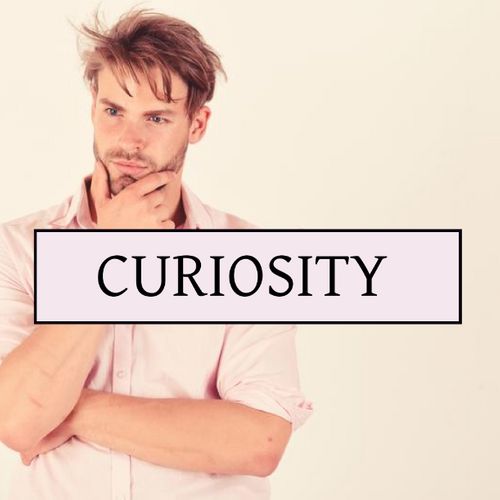The Psychology of Curiosity
Jun 28, 2022 · 2 mins read
0
Share

How did Newton invent the laws of motion? And why do we watch movies or reality shows? The reason behind all discoveries and creative pursuits is curiosity. Physicist Albert Einstein said, “I have no special talent – I am only passionately curious.”
Save
Share
Curiosity has led to the understanding of the world we see around us. Multiple disciplines like sociology, physics, and economics, have resulted from human curiosity. But what about other species? Are they also curious and what is the science of curiosity?
Save
Share
Professor Celeste Kidd studies curiosity & learning at the University of California, Berkeley. She says, “Curiosity isn’t limited to people. All species learn, at a minimum, & a case can even be made for C. elegans.” So even the tiny roundworm Caenorhabditis elegans is curious.
Save
Share
William James in his 1890 publication, The Principles of Psychology identified two types of curiosity: one driven by emotions (a kid being fascinated by cars or fairies), and one driven by scientific wonder (trying to learn or gain knowledge through experiments).
Save
Share
Daniel Berlyne in Theory of Human Curiosity (1954) introduced the idea of diversive curiosity: the tendency of an individual to seek novelty, take risks, and search for adventure; and specific curiosity: the tendency to investigate a specific object or problem to understand it.
Save
Share
Berlyne also studied the kind of stimuli that would generate either form of curiosity. He found that objects that are complex, novel, uncertain, or conflicting prompt curiosity. He also hypothesized about the level of stimulation.

Save
Share
If the stimulation is too low, there will be no reason to explore, and if it is too high, it will result in anxiety. The right balance of stimulation is needed for exploration. This was termed the “zone of curiosity” by H.I. Day, a colleague of Berlyne.
Save
Share
George Loewenstein gave us “information gap theory”. This states that for curiosity to be aroused, a small amount of knowledge about the subject serves as a priming dose. The gap that emerges between what’s known and what’s unknown is what drives motivation for curiosity.
Save
Share
Imagine, you are at the foot of a hill contemplating whether to hike to the top to see the beautiful scenery. Knowledge of the distance influences your curiosity. If the distance to the top is too much, it’s daunting. But if it’s too small, it’s not interesting enough.
Save
Share
Final Note: To generate the right amount of curiosity, create a manageable and exciting knowledge gap. The trick is to know enough to keep yourself engaged, and you will be motivated to learn. Let’s see where your curiosity takes you.
Save
Share
0